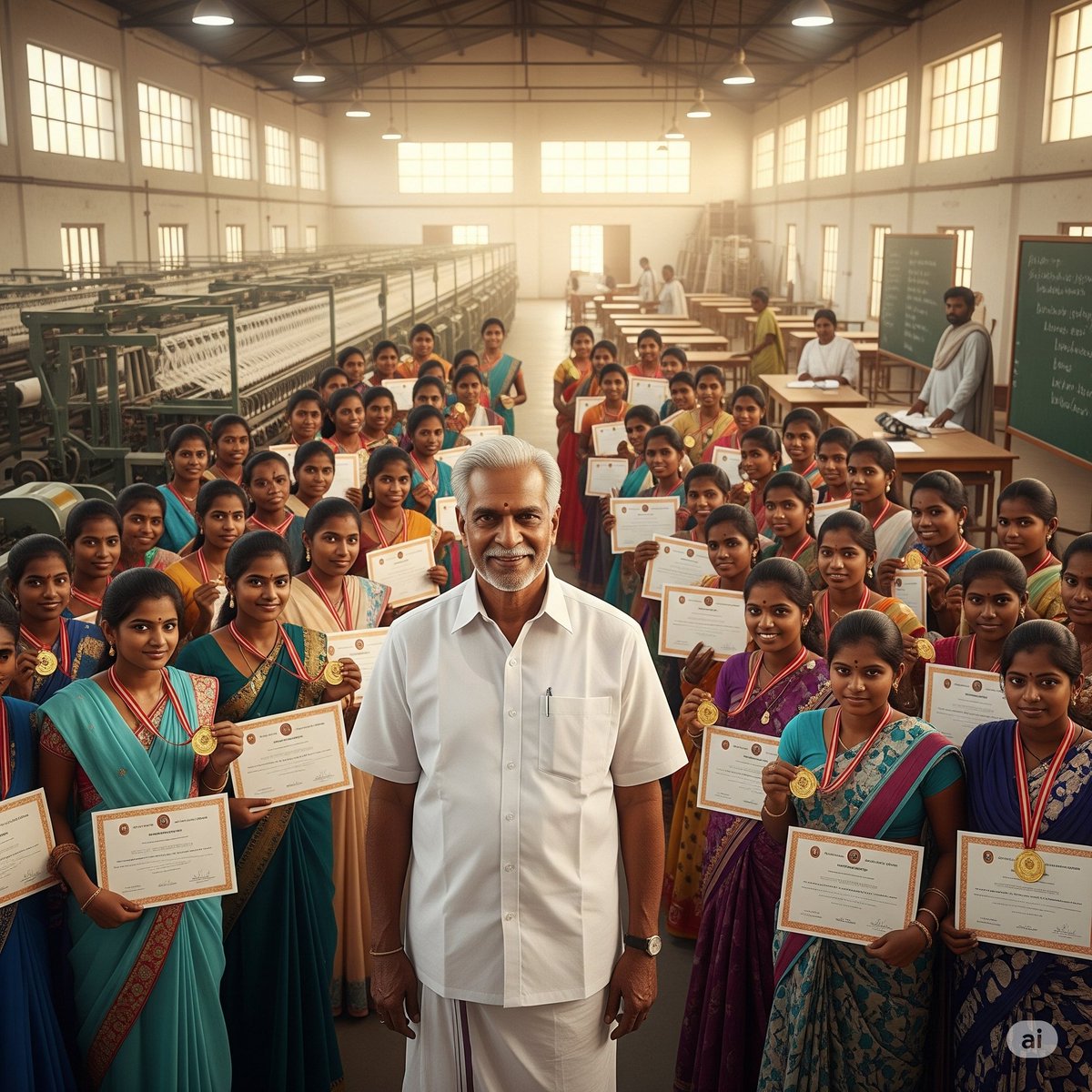The Indian Govt killed a ₹30,000 crore industry in 72 hours.
2 lakh jobs frozen.
Dream11 forced to shut down.
Fantasy gaming and poker were banned overnight.
What happened?
And is this a win for Bharat... or a Loss for India?
Let’s break it down.
2 lakh jobs frozen.
Dream11 forced to shut down.
Fantasy gaming and poker were banned overnight.
What happened?
And is this a win for Bharat... or a Loss for India?
Let’s break it down.

In August 2025, Parliament passed the Online Gaming Regulation Act in record time.
All real-money games—skill-based or chance-based—are now illegal.
Fantasy sports, rummy, poker, Ludo, paid contests—all banned.
All real-money games—skill-based or chance-based—are now illegal.
Fantasy sports, rummy, poker, Ludo, paid contests—all banned.
The law criminalises:
– Hosting real-money games
– Promoting them via ads
– Allowing payments on platforms
Penalties go up to 5 years in jail and ₹2 crore in fines.
No bail. No loopholes.
– Hosting real-money games
– Promoting them via ads
– Allowing payments on platforms
Penalties go up to 5 years in jail and ₹2 crore in fines.
No bail. No loopholes.
The government claims the ban is to fight addiction and protect users from financial harm.
But no distinction is made between Indian-regulated games and offshore scams.
Everyone is treated the same—legal or illegal.
But no distinction is made between Indian-regulated games and offshore scams.
Everyone is treated the same—legal or illegal.
Immediate fallout:
– Dream11 paused paid games
– BCCI ended sponsorship deals
– Gaming startups froze operations
– ₹3,200 crore in annual tax revenue gone
– ₹500+ crore in ad deals cancelled
– Dream11 paused paid games
– BCCI ended sponsorship deals
– Gaming startups froze operations
– ₹3,200 crore in annual tax revenue gone
– ₹500+ crore in ad deals cancelled
2 lakh jobs are directly affected—developers, marketers, designers, support staff.
Startups backed by Indian VCs are shutting down or moving abroad.
No support, no transition.
Startups backed by Indian VCs are shutting down or moving abroad.
No support, no transition.
Banned apps are being replaced overnight by offshore betting platforms.
They offer illegal games, fake celebrity ads, zero consumer protection—and operate tax-free.
The law has cleared the field for them.
They offer illegal games, fake celebrity ads, zero consumer protection—and operate tax-free.
The law has cleared the field for them.
The gaming industry is preparing legal challenges.
Their argument:
– The ban is unconstitutional
– It contradicts earlier government assurances
– It damages legal businesses while helping illegal ones
Their argument:
– The ban is unconstitutional
– It contradicts earlier government assurances
– It damages legal businesses while helping illegal ones
Esports and educational games are exempt.
But without real-money incentives, most platforms face collapse.
No clarity on what qualifies as “safe gaming”.
But without real-money incentives, most platforms face collapse.
No clarity on what qualifies as “safe gaming”.
This isn’t regulation. It’s an execution.
A fast, sweeping law that wipes out a high-growth industry and replaces it with a legal vacuum.
A fast, sweeping law that wipes out a high-growth industry and replaces it with a legal vacuum.
The fantasy gaming industry was set to touch ₹30,000 crore by 2029.
Now?
Most of that revenue will go to grey markets, untraceable apps, and foreign wallets.
Not to Indian developers.
Not to Indian banks.
Not to Indian taxes.
Now?
Most of that revenue will go to grey markets, untraceable apps, and foreign wallets.
Not to Indian developers.
Not to Indian banks.
Not to Indian taxes.
Let others debate whether this was right or wrong.
You now know what actually happened.
Bookmark this.
Because the real game isn’t on your phone.
It’s in policy.
And this one just took a bold, brutal turn.
You now know what actually happened.
Bookmark this.
Because the real game isn’t on your phone.
It’s in policy.
And this one just took a bold, brutal turn.
If you found this insightful
→ Repost and Follow us for more such deep dives
→ Join Stockifi Community and find out our latest stock idea(Check pinned post)
👉 Join Now t.me/stockifi
→ Repost and Follow us for more such deep dives
→ Join Stockifi Community and find out our latest stock idea(Check pinned post)
👉 Join Now t.me/stockifi
• • •
Missing some Tweet in this thread? You can try to
force a refresh










